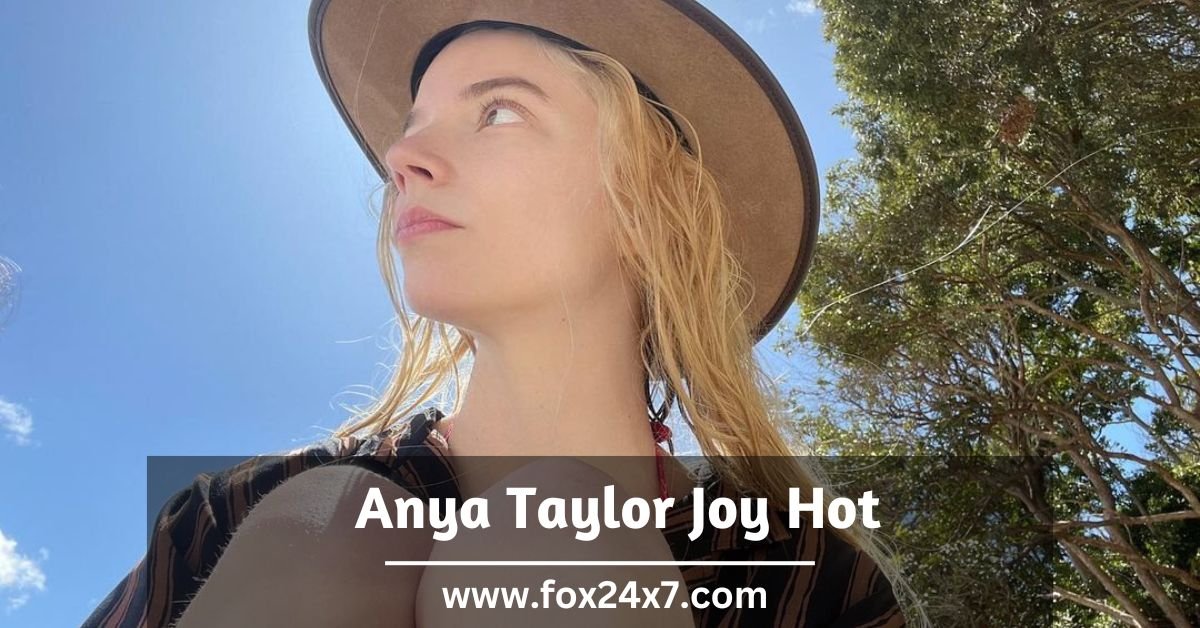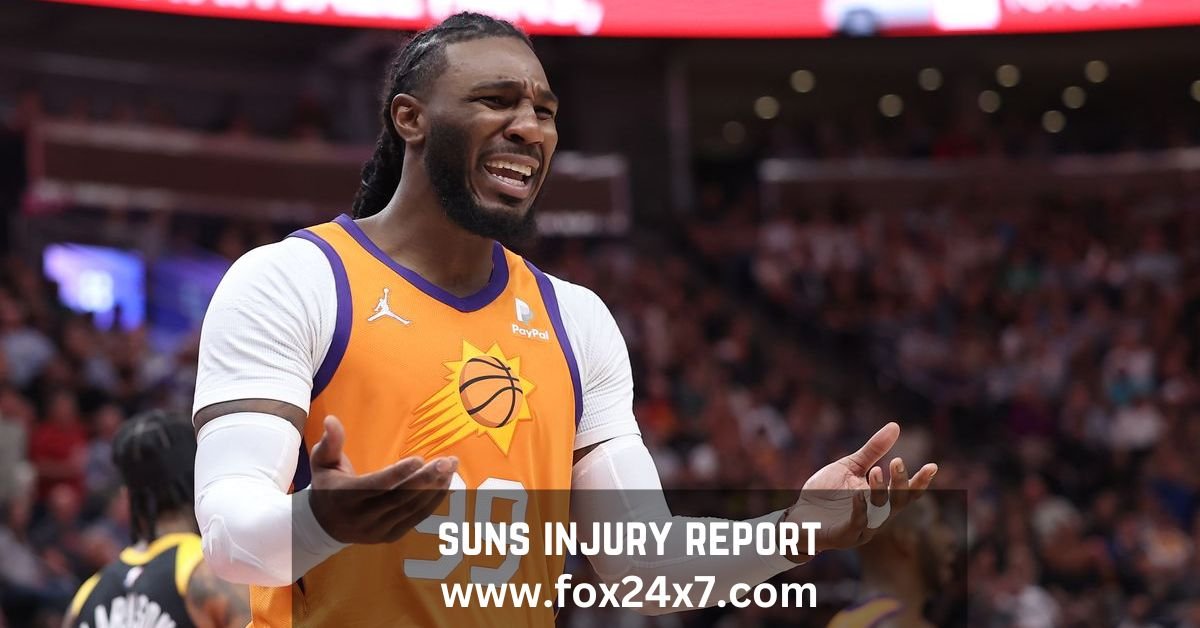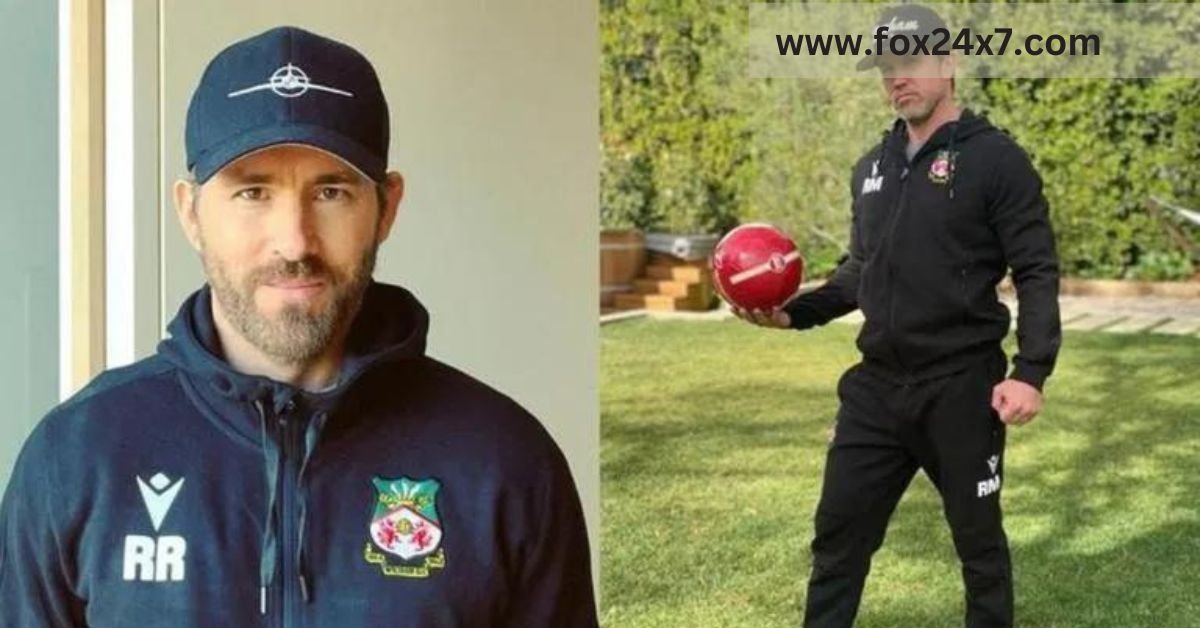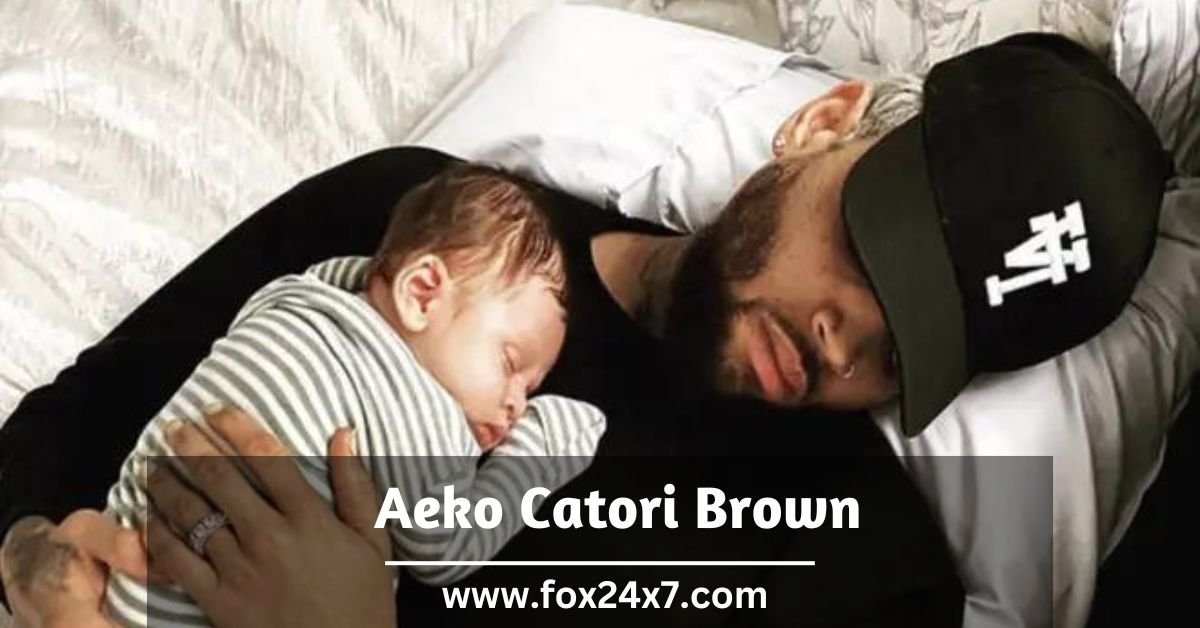Animal Planet Puppy Bowl 2019: The Puppy Bowl is an annual Animal Planet television show that uses puppies to imitate an American football game similar to the Super Bowl.
The show, which airs every year on Super Bowl Sunday, features footage of a group of puppies playing in a replica stadium, along with commentary on their actions. On February 6, 2005, the first Puppy Bowl was broadcast alongside Super Bowl XXXIX.
The Puppy Bowl features puppies from animal shelters. The entire initiative is intended to promote awareness about rescuing abandoned animals and adopting pets from shelters.
Production Animal Planet Puppy Bowl 2019

According to the show’s producers, the popular Yule Log Christmas programme was the inspiration for Puppy Bowl for Super Bowl counterprogramming.
Each show, which is usually shot in October, takes several months of planning. During the production of Puppy Bowl, a veterinarian is on hand to guarantee the safety and well-being of the animals and offer any veterinary medical care that may be required.
Representatives from the American Society for the Prevention of Cruelty to Animals and shelters lending their animals to production are on hand as observers verify that animal welfare standards are upheld.
An American Humane Association official was always present in 2012 to ensure that puppies did not grow overly aggressive and damage one another.
The single Puppy Bowl, according to its assistant producer, takes roughly 53 hours of videoing. The shooting took place over three days in 2007. In 2008, about 30 people were needed to put on the show.
In 2010, the on-site veterinarian stated that the filming took place over three days, whereas in 2015, the videoing took place in 12-hour blocks over two days. Due to the heat from the lights, puppies are given a 30-minute rest period. In 2008, 46 puppies were used, while in 2010, roughly 60 puppies were used.
In the fall of 2010, 47 puppies were used in the 2011 production in the New York City region, while 58 puppies were used in the 2012 show. The 2013 event included 63 puppies, with 10 in the field at any given time (shot in a television studio in Manhattan’s west midtown).
The shooting took place over the course of two days.
The 2014 edition was filmed at the Chelsea Broadcast Center in Manhattan, New York City, from October 2 to 4, 2013. The animals were wrangled by a team of 49 Animal Planet staffers and 48 volunteers, with each puppy allocated to a single human overseer.
On the first day, cats were shot, dogs were shot on the second, and other animals were shot on the fourth.
In 2014, a total of 66 puppies were used for the event, including a basset hound with a genetic paw deformity.
This enabled 12 to 15 puppies to be in the field at once, as well as 20-minute rest breaks for the puppies. The 2014 performance featured another 30 untrained kittens, five penguins, three trained adult cats, eight “tailgate party” dogs, four police dogs, and six hamsters.
Except for the penguins (who were donated by the Columbus Zoo and Aquarium), all of the animals are available. In 2015, 37 shelters from across the United States and Puerto Rico submitted 85 puppies for the event, with 55 being chosen to be broadcast on television. For half-time entertainment, another 25 kittens were employed.
In 2016, 49 animals were given 44 shelters and rescue groups across 25 states.
(A total of 88 animals were “auditioned.”) In 2016, videoing was reintroduced to an eight-hour-a-day, three-day arrangement, with two days dedicated to puppies and one to kittens and other animals. For the shoot, sixty people were required.
For on-field play, puppies were divided into three sizes (small, medium, and giant).
The 78 puppies featured in Puppy Bowl XIII came from 34 shelters and rescue organizations in 22 states and Puerto Rico.
Puppy Bowl takes place in a miniature Plexiglas “stadium” measuring 19 feet (5.8 metres) long by 10 feet (3.0 metres) wide.
Due to spatial constraints in the play area, only pups between the ages of 12 and 21 weeks are allowed on the program, and there is a height and weight limit. Puppies must demonstrate that they are well-socialized with people and other puppies and have had all of their vaccines.
The “stadium” is filled with a variety of toys. Despite the fact that there is no minimum or maximum number of toys allowed in the stadium, show producers claim that toys that make the loudest noise or are sausage-shaped attract the most attention. Toys are typically replaced every 20 minutes, if not more regularly.
To get the puppies to lick the camera, peanut butter is put across the lenses. The process requires about 80 ounces (2,300 g) of peanut butter, as well as 15 pounds (6.8 kg) of dry dog food, 500 doggy treats, and 250 toys.
In 2011, the numerous cameras used to tape the show produced roughly 50 hours of footage, but in 2012, they produced more than 90 hours (for the 2013 airing).
To give a puppy’s-eye view of the action, some cameras are installed within toys.
In 2015, 18 cameras were deployed, and the material was edited into a two-hour presentation over the course of many weeks.
In 2016, fifteen cameras were used, and over 100 hours of film was produced for the 2017 event.
Harry Kalas, a narrator for NFL Films and a longtime play-by-play announcer for the Philadelphia Phillies, narrated the first of five Puppy Bowls.
From 2010 to 2011, Jeff Bordner narrated the Puppy Bowls, followed by Scott Graham from 2012 until 2020.
Format Animal Planet Puppy Bowl 2019
The Puppy Bowl features a number of puppies competing in a model stadium (GEICO Stadium) with no audience (but produced crowd cheering), limited commentary, and instant replay images. With a wide-angle lens, a “bowl cam” shoots upwards through the translucent bottom of a unique water bowl installed onto the stadium floor, allowing fans to see the puppies sip water (and walk through it) up close.
In 2014, the action was captured with ten full-size digital cameras and five GoPro small digital cameras. The hidden cameras in the water bowl and toys are included in these figures.
The “activity in the field” is overseen by a human “rufferee.” During the first several years of Puppy Bowl, a crew member was chosen at random each year. Andrew Schechter, an associate producer for Animal Planet, has been doing it since 2008.
For the 2012 Puppy Bowl, Schechter was replaced by Dan Schachner, host of SportsNet New York’s Beer Money!, who has presented the show ever since.
He auditioned by sending a video of himself attempting to organise a dog football game in a public park among unwary dog owners. The announcer and referee frequently utilise football terminology to describe the dogs’ behaviour and activities.
A “puppy touchdown” is announced when a puppy drags one of the football-shaped toys into the end zone. [6] There are no hard and fast standards for determining what a score is. (There was a double-touchdown in Puppy Bowl IX, as puppies with toys sprinted into each end zone at the same time.)
In 2016, two puppies carried the same toy into the end zone, resulting in a “team touchdown.”)
Puppies who relieve themselves on the field are subject to “penalties.” If the water bowl needs to be replaced or the puppies start fighting, timeouts are called (a behaviour called “unnecessary rrruff-ness”).
The show makes fun of professional football rules like paws interference (pass interference), ruff sides (offsides), and dog-collar tackle by using puns (horse-collar tackle). Howling, illegal bathing (playing in the water bowl), dozing on the field, early watering of the lawn (urination),
Excessive fertilising (defecation), “neutral bone infraction” (neutral zone infraction), and “ineligible retriever downfield” are all examples of unique “penalties” called (ineligible receiver downfield).
In 2015, three new “penalty calls” were introduced: “terrorising the ref,” “paws interference,” and “pancaking” (for when a tired puppy sprawls on the floor instead of playing).
Each year, at the conclusion of the show, a Most Valuable Puppy (or MVP) is chosen for the puppy deemed to be the event’s standout performer. Viewers have been able to vote for the MVP since Puppy Bowl XI. The program’s airing allowed for MVP voting.
Despite the fact that puppies can urinate or defecate on the field as much as once every 20 seconds, all but one of the instances are cut out of the presentation.
In 2016, 315 plastic bags were required to collect faeces, with over 1,500 absorbent pads being utilised to mop up pee.
Puppies do engage in sexual activity on occasion, but this is edited out of the show.
Puppy Bowls I went through IV and had a total running time of 180 minutes (including commercials). Puppy Bowl V’s running time has been reduced to 120 minutes (including commercials). “We only performed two hours this year so that we could include some other entertaining elements,” Jessie Dinh, producer at Discovery Studios, explained the rationale for the decrease.
Ruff Team vs. Fluff Team
For the first time in Puppy Bowl history, Puppy Bowl XI featured a team-based competition. Puppies were divided into two groups, each with a different colour bandanna that they wore throughout the event.
On a scoreboard driven by a hamster spinning on a wheel, points were counted. The winning team was the one with the most points. Team Ruff won the Puppy Bowl for the first time, defeating their opponents 87-49.
Team Ruff won again in Puppy Bowl XII, this time by a score of 70–44.
Team Fluff defeated the strongly fancied Team Ruff by a score of 93–38 in Puppy Bowl XIII.
Team Fluff won Puppy Bowl XIV by a razor-thin margin of 52–47.
Team Ruff won Puppy Bowl XV by a score of 59–51, ending Team Fluff’s winning run.
Team Fluff won again in Puppy Bowl XVI, this time by a score of 63–59.
Team Ruff won Puppy Bowl XVII by a score of 73-69 thanks to an astonishing fourth-quarter comeback.
Half-Time Show with Kitty
At the 1 hour, 15 minute mark of Puppy Bowl II, the puppies leave the field and a big scratching post with a variety of kittens is brought out for the Kitty Half-Time Show. Kittens play with lights, laser pens, balls of yarn, a scratching post, flint sweepers, and a variety of other toys for 30 minutes.
The Puppy Bowl II Half-Time Show’s spectacular conclusion was a confetti shower that scared most of the kitties away. The cats’ exit off the field was not shown in Puppy Bowl III. In 2008, the Puppy Bowl IV halftime entertainment was only 15 minutes long. Animal Planet announced in 2012 that the Kitty Half-Time Show would include 20 kittens.
For the 2013 episode, the number was increased to 21. All of the kittens were rescued from shelters and are available for adoption.
The “stadium” is supplied with a variety of moving scratching posts and toys to keep the kittens interested and moving about. This does not always work, therefore catnip is spread about the set to encourage the kittens to be more active and interested in their surroundings.
Other characteristics Animal Planet Puppy Bowl 2019
A replica blimp (said to be floating above the Puppy Bowl) was installed in 2009.
The “blimp” imitates the Goodyear Blimp’s appearance at numerous outdoor football tournaments. Green-screening of pups at play was used in the windows to make it look as if the “blimp” was hovering over the field. Hamsters are allowed to play inside a model of the blimp’s control room (as if they were the crew of the blimp). In 2010, 2011, 2012, 2013, 2014, 2018, 2019, and 2020, the blimp made a comeback.
Since 2010, “bunny cheerleaders” (rabbits) have been displayed as though they were on the sidelines. “Chicken cheerleaders” took the place of “bunny cheerleaders” in 2011. (hens and roosters). [6] In 2012, the bunnies and chickens were replaced with a “Piggy Pep Squad” of five pigs. Hedgehog cheerleaders debuted in 2013, but were replaced by penguins in 2014.
The American Animal Hospital Association (AAHA) started sponsoring the Puppy Bowl in 2010.
A veterinarian was shown giving each puppy a physical examination prior to their participation, caring for any animals that appeared to be injured, and providing viewers advice on good animal care. The official on-camera care for the puppies and other animals was provided by Dr. Elisa Mazzaferro, Director of Emergency Services at Wheat Ridge Animal Hospital in Denver, Colorado.
A parody of the popular “Kiss Cam” used at sporting events was a new aspect for 2011. In 2012, 2013, 2014, 2015, 2016, 2017, 2018, 2019, and 2020, the “Kiss Cam” made a comeback.
In 2012, two more new ingredients were added to the mix. From the sidelines, a cockatiel named “Meep” “tweeted” about the game (using the Twitter social media network). Color commentary was supplied by Jill Rappaport, a TV reporter and animal advocate.
For the 2013 show, hamsters in the blimp and Meep the “tweeting” cockatiel were kept, but piglet cheerleaders were replaced by baby hedgehogs in tutus.
Hedgehog owners volunteered to have their animals used in the presentation. The tutus, on the other hand, did not stick to the animals. In place of the “Kiss Cam,” a new “Puppy Cam” (a miniature wide camera connected to a puppy’s collar) was introduced to provide viewers a puppy’s-eye view of the event.
The “Cute Cam,” a slow-mo camera, is a new element in the 2013 game. Human “stars” of Animal Planet’s reality TV shows were also included as commentators in 2013. A “special puppy hot tub” (a large pan of water) has also been added, where puppies can relax before or after their time on the field.
First Lady Michelle Obama introduced the 2014 edition of the Puppy Bowl, which marked the tenth anniversary of the show, with footage of puppies being “trained” for the Puppy Bowl on the White House’s South Lawn.
When the national anthem was played, police dogs appeared on the pitch.
Meet the Cockatiel is back as the official “tweeter” of the show. Lil Bub, a dwarf cat reporting from a Chicago studio, was added as a “commentator.” [46] During the Super Bowl halftime show, Keyboard Cat “played” his song “Locked Out of Heaven,” which was performed by Bruno Mars.
30 kittens toppled dominoes during the halftime act, and a kitten “parachuted” onto the field. The Puppy Bowl X online site allowed fans to participate in a “Fantasy Puppy League” (similar to fantasy football) featuring the 2014 puppies, vote for the “Most Valuable Puppy” during the event, and post photos of their own animals and Puppy Bowl parties via Instagram to increase interactivity with the show’s fans.
Animal Planet is just embracing viral-video favourites and cranking up sports-spoof insanity to a new level this year,” Entertainment Weekly reporter James Hibberd said of the improvements.
At the Discovery Times Square exhibition area, Animal Planet created a “Puppy Bowl Experience.” A 15,000 square foot (1,400 m2) space where guests could play with puppies, a reconstruction of the Puppy Bowl set, and advertising sponsor areas were all part of the “experience.
In 2014, the show emphasised the importance of adopting pets from shelters. For the Puppy Bowl, a total of 33 shelters from 18 states and the territory of Puerto Rico provided shelter animals (dogs, cats, hamsters, and so on).
Except for the penguins, all of the animals on the show from shelters, are usually adopted by the time the show airs. Updates on the progress of each of the adopted puppies were given throughout the programme.
The adoption journey of Rosie (now Scout), a three-month-old Chihuahua/terrier mix, was tracked throughout the programme, from her arrival at the shelter through her life with her new family.
Five Nigerian dwarf goats served as cheerleaders at Puppy Bowl XI. The “half-time entertainment” was “Katty Furry,” a cat featured in YouTube videos singing Katy Perry songs. In each of the program’s first three airings, MVPs were picked. For the first time, puppies were separated into teams, and a hamster-powered scoreboard kept track of the results.
Andy Cohen, Whitney Cummings, and Reese Witherspoon were among the celebrities that appeared on the show to cheer for “their team,” and an animated short starring The Simpsons was shown throughout the presentation. Images of animals with large Instagram followings were also sent, demonstrating their support for each squad. Fans could pick the dog they thought would score the most points in a fantasy football drought. [requires citation]
The “Road to the Puppy Bowl” events that took place around the United States in the fall and winter of 2015 preceded Puppy Bowl XII. Thousands of animals were adopted thanks to the collaboration of local animal shelters and rescue groups and Animal Planet.
During the halftime show, Turbo the tortoise had a wardrobe malfunction (inspired by the Super Bowl XXXVIII halftime show scandal). A skunk assisted as a referee, and silkie chickens served as cheerleaders.
Three special-needs dogs competed in the 2017 Puppy Bowl XIII: Doobert, who is deaf; Lucky, who had her right front leg amputated; and Winston, who is both blind and deaf.
One hour-long “pre-game show” was added, which will air an hour before the Puppy Bowl, as well as a “Puppy Bowl Virtual Reality” feature (which would depict the game through the eyes of a puppy). The Chicago Rock Cats and “Kitty Gaga” provided halftime entertainment.
Guinea pigs and bunnies were the 2017 cheerleaders, and Instagram’s renowned pets made a comeback. [24] Side Ruff and Team Fluff played for the first time for the mythical “Lombarky Trophy” (a spoof of the Lombardi Trophy), and each team had a mascot (a rescued screech owl for Team Ruff, and a rescued chinchilla for Team Fluff).
On both sideslines of Puppy Bowl XVII, there were puppy “cheerleaders” for both teams.
[49] The cheerleaders in Puppy Bowl XVI were armadillos for ruff and goats for fluff. In Puppy Bowl 17, Marshall scored a pair of touchdowns.
Reception Animal Planet Puppy Bowl 2019
Puppy Bowl III, which aired on February 4, 2007, saw a 50 percent rise in viewers, bringing the total to 7.5 million.
Puppy Bowl IV, which premiered on Animal Planet on February 3, 2008, had over 8 million viewers across all broadcasts, a 1060 percent increase over its 2005 debut.
It was also the first Puppy Bowl to be aired in HD.
Puppy Bowl VI aired on February 7, 2010, and the first broadcast alone drew a record 1.1 million viewers.
Puppy Bowl VII drew a total of 9.2 million viewers during the course of its twelve-hour broadcast on February 6, 2011. The real debut received 1.7 million viewers, up 60% from the previous year’s premiere. [53] Puppy Bowl VII drew a total of 9.2 million viewers across all broadcasts in 2011.
On February 5, 2012, Puppy Bowl VIII was broadcast. With more than 10 million viewers across five airings, this was the second most-watched social television programme in America. This included a 17 percent gain in ratings among its target demographic (adults age 25-to-54). [43] On that day, over 200,000 Puppy Bowl-related tweets were sent out.
On February 2, 2014, Puppy Bowl X was shown six times over the course of 12 hours, with fresh footage added for each broadcast.
The show’s six episodes drew a record 13.5 million viewers.
Puppy Bowl XI premiered on February 1, 2015, with 2,767,000 viewers tuning in for the first time.
Puppy Bowl XII aired on February 7, 2016, with an initial audience of 2.2 million people (down 21% from 2015)[19] and a total audience of 9.3 million viewers (including time-shifted viewing) over all airings. During its original 3 PM-to-5 PM airing, it was the number one non-sports programme on cable among adults aged 25 to 54 and women aged 18 to 49.
From 3 to 5 p.m., it was the second most-watched programme on all television (cable and broadcast) among adults aged 25 to 54 and women aged 18 to 49. Only the Super Bowl had a higher number of viewers. The Puppy Bowl was the second most-watched program in the country among those demographic categories for the fourth year in a row.
On February 2, 2020, Puppy Bowl XVI broadcast.
On February 7, 2021, Puppy Bowl XVII aired.
Competition and spin-offs
The show’s advertising revenue increased 19 percent over 2012, and it attracted a number of new advertisers. In 2013, Animal Planet also allowed commercial branding of its “stadium” for the first time. Throughout the show, it was referred to as the “GEICO Puppy Bowl Stadium.” In 2013, a total of 12.4 million people watched parts of all six Puppy Bowl broadcasts.
The Puppy Bowl’s advertising revenue increased by 30% in 2014 over 2013. Three new sponsors joined the show, including Mars Incorporated’s Sheba cat food company, which sponsored a new “cat VIP suite.
Games for Puppies
On August 8, 2008, Puppy Games, a Puppy Bowl offshoot, aired against NBC’s primetime broadcast of the 2008 Summer Olympics opening ceremonies. Swimming, gymnastics, boxing, and soccer were among the events, with kittens serving as the “opening ceremony.” The event’s play-by-play announcers and colour commentators were John Ramey and Mary Beth Smith, respectively.
Bowl for Dogs
A day before Puppy Bowl XIV, another spinoff, the Dog Bowl, aired on February 3, 2018. It depicts 50 dogs ranging in age from 2 to 15 years, divided into “Oldies” and “Goldies,” and encourages older dogs to be adopted. Dog Bowl II, the second instalment, aired on February 2, 2019. On February 1, 2020, a third edition, Dog Bowl III, broadcast.
Shows that compete
The Puppy Bowl inspired Hallmark Channel’s Kitten Bowl, which premiered in 2014.
The Puppy Bowl was also the inspiration for the Fish Bowl, a four-hour documentary on goldfish swimming in a bowl that broadcast on the Nat Geo Wild cable network in 2014.
In 2018, Blizzard held an Overwatch-themed Puppy Rumble, in which two teams of puppies competed in a capture-the-flag game to commemorate the Year of the Dog in-game event and encourage adoption.
Also Read:








![Buying the Dip: The Meaning And Its Importance [Markets Strategy] Buying the Dip](https://fox24x7.com/wp-content/uploads/2021/11/Buying-the-Dip--180x135.jpg)

























